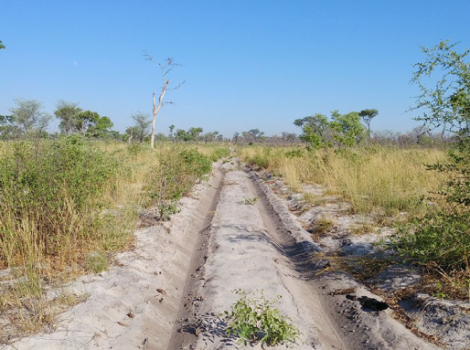
Power Metal Resources is stepping up surveying at its Botswana joint venture ahead of IPO spin-off. The companies are preparing for a potential listing of the joint venture on a recognised stock exchange under the name of Kanye Resources.
Power Metal Resources PLC (LON:POW) says a combined airborne electromagnetic (AEM) and magnetic geophysics survey will be carried out at the South Ghanzi project. The project, a 50-50 joint venture with Kavango Resources PLC (LON:KAV), includes two prospecting licences in the Kalahari Copper Belt in Botswana that cover an area of 1,294 sq km. Alongside ongoing soil sampling and ground survey programmes, Kavango has signed a contract with SkyTEM Surveys, an airborne geophysical survey company, to fly 1,173 km of AEM and magnetic geophysics survey over the project.
These two techniques have been instrumental in helping other companies identify copper mineralisation and copper deposits in the KCB. The joint venture team believes the chances of drilling success will be increased by analysing combined data of geological structures, ground conductivity and surface soil geochemical anomalies. Given the acceleration of exploration programmes, the two partners expect to begin work on an environmental management plan “imminently” and are preparing for a potential listing of the JV on a recognised stock exchange under the name of Kanye Resources Pty Ltd in Botswana and Kanye Resources Ltd in England.
Paul Johnson, Power Metal Resources’ chief executive, said;
“Both Kavango and Power Metal are eager to push ahead with ground exploration in the KCB, with the South Ghanzi Project demonstrating geological features similar to recent major copper/silver discoveries in the area.
“We now intend to conduct an airborne electromagnetic and magnetic geophysics survey in parallel to ongoing ground exploration work, which includes intensified soil sampling around target areas.”
He said doing so will speed up the exploration process at what is felt to be a key stage, with the aim of fast-tracking the delineation of initial drill targets.
Johnson added: “Having seen the benefits of a major discovery in the KCB previously, I am personally keen that we continue to push-on at pace.”



